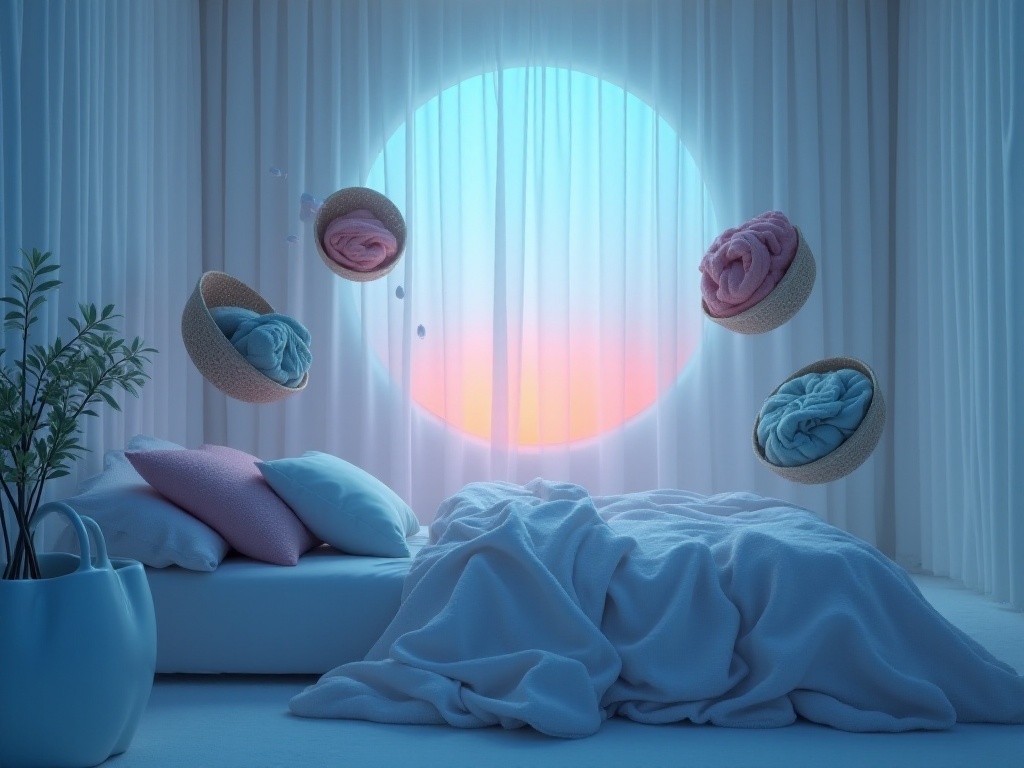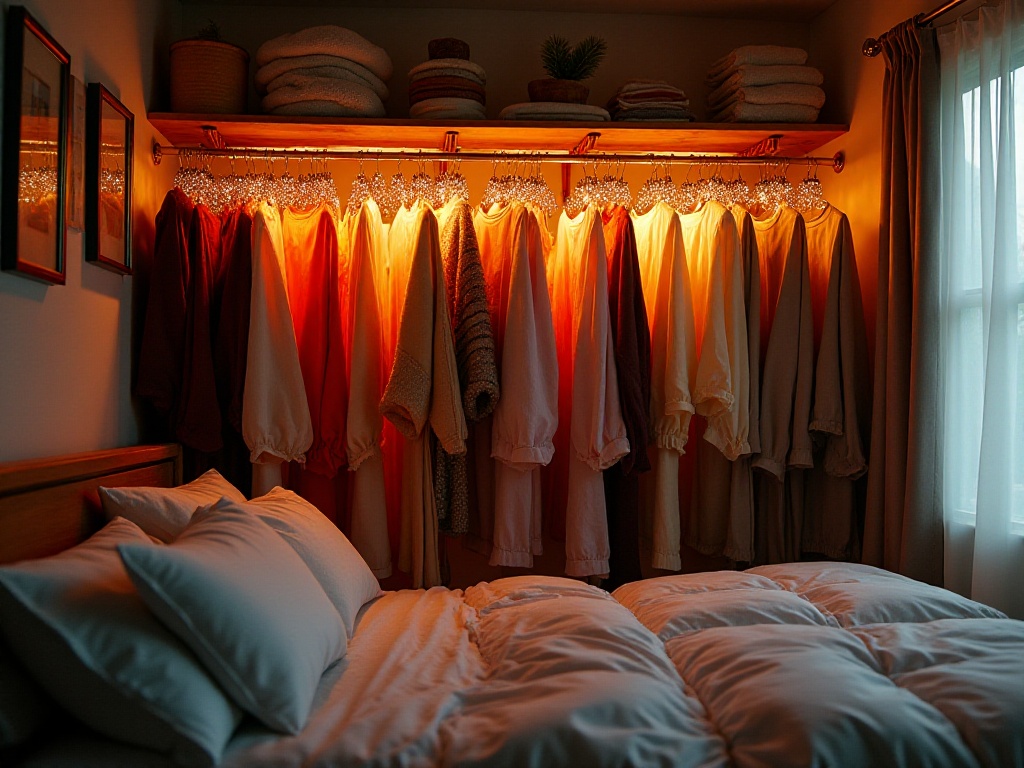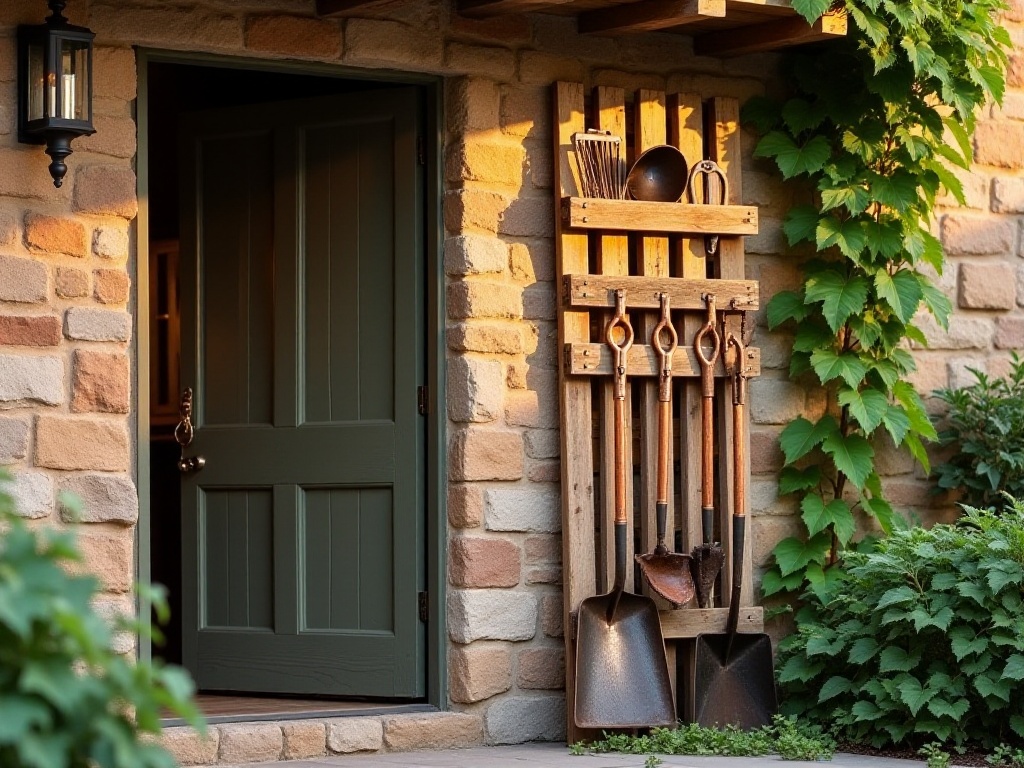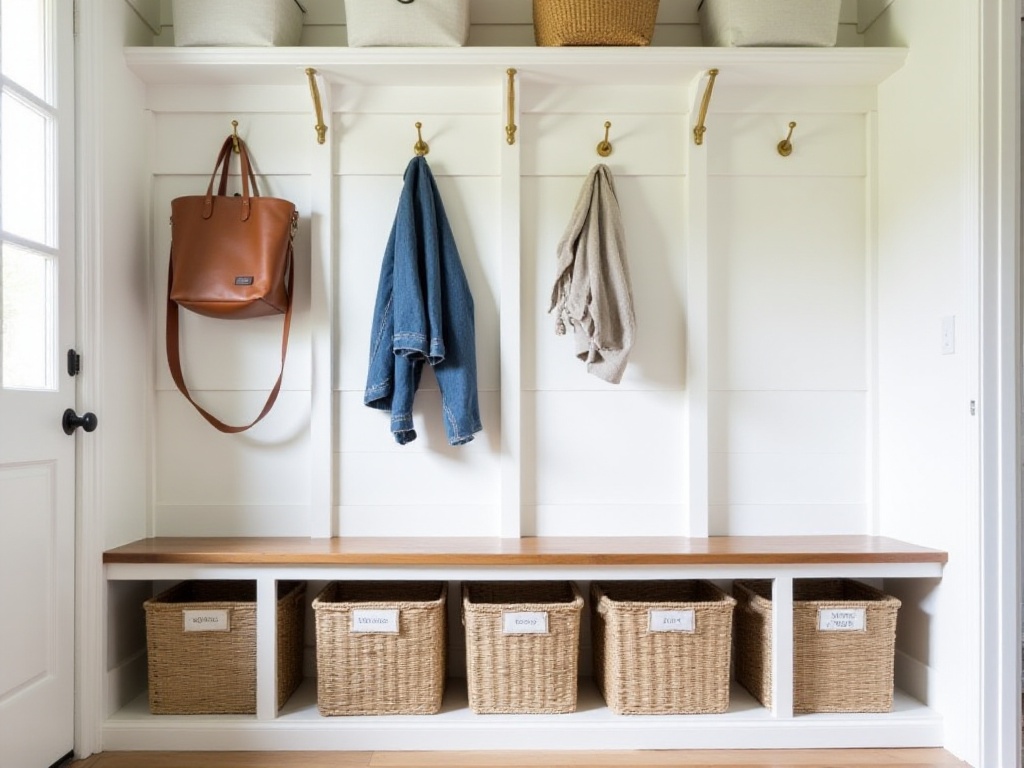Opening
Does looking at your messy home make you feel terrible? I totally understand that feeling! I remember when I first started working, my small rented room was like a "treasure cave" - I'd kick into things wherever I walked, and finding a charger meant searching through everything for ages. Whenever friends came over, I had to spend ages tidying up, often just stuffing things into cabinets at the last minute. Back then, I really felt like I was "organizationally challenged" - no matter how much I cleaned, it never seemed to stay tidy.
But now I'm completely different. My home is neat and tidy all the time, and friends who visit exclaim, "Wow, your place is so clean and organized!" Actually, all these changes came from my years of deep research and practice in organization. Going from an organization novice to an expert, this process made me deeply realize: everyone can keep their home orderly - the key is finding the right method.
Initial Thoughts
Honestly, I really understand many people's frustrations. I remember one follower complained to me: "I'm really trying hard to organize, but every time I clean up, things get messy again before I can even sit down for a drink." I've experienced this too - it's so real!
I remember when I first tried organizing, I'd buy whatever storage solutions were recommended online. The result? My home was filled with various storage boxes, baskets, and bags, which not only didn't make the space neater but actually created new clutter with all these organizing items themselves. Looking back, it was both frustrating and amusing - I spent money only to make my place messier.
Now thinking about it, the biggest problem then was the lack of systematic thinking. It's like fighting a war - you need to understand the situation and develop a strategy before taking action. The same applies to organization - you must first understand your living habits and needs before finding the truly suitable organizing method.
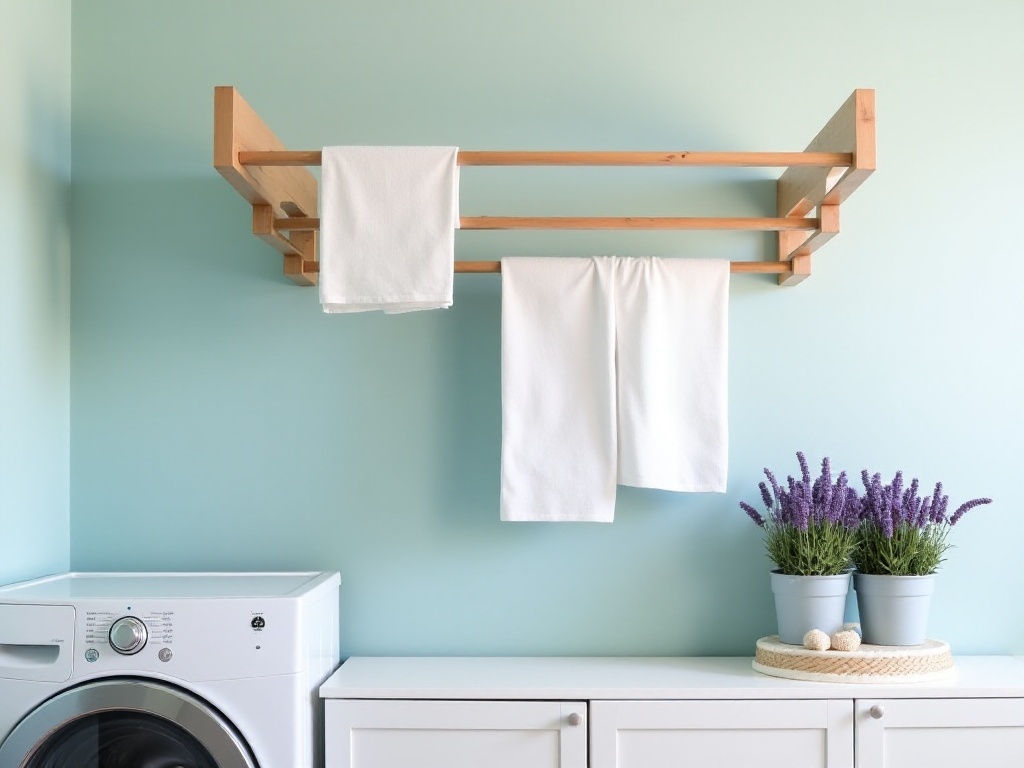
Basic Principles
When it comes to basic organizing principles, the most important thing is to treat it as a lifestyle habit to cultivate. Like me now, my 10-minute tidying routine before bed every night has become an unshakeable daily practice. These 10 minutes include putting used items back in their places, making the bed, and doing simple cleaning. It might seem troublesome at first, but after persisting for a while, you'll find this habit brings so many benefits.
It's particularly important to emphasize that many people think organizing equals buying storage items - this mindset needs to go! I'm a living example of what not to do. Once, I saw a storage box recommended by an influencer that looked really nice, and I bought a bunch without hesitation. When the boxes arrived, I realized they weren't suitable for my space and items at all, and these storage boxes ended up becoming new clutter themselves.
The correct approach should be to first declutter, getting rid of unnecessary things in your home. Then categorize the remaining items based on their frequency of use, size, shape, and other characteristics. This way you'll know what kind of storage tools you actually need. For example, if you have many small accessories, then multi-compartment storage boxes are practical; if you have lots of clothes, you might need vacuum storage bags to save space.
Another particularly important principle is "everything has its place." This means every item in your home should have its fixed "home." For instance, my keys must go on the key hook in the entryway, and chargers must go in the dedicated drawer in the TV cabinet. This not only makes items easier to find but also prevents the chaos caused by randomly placing things.
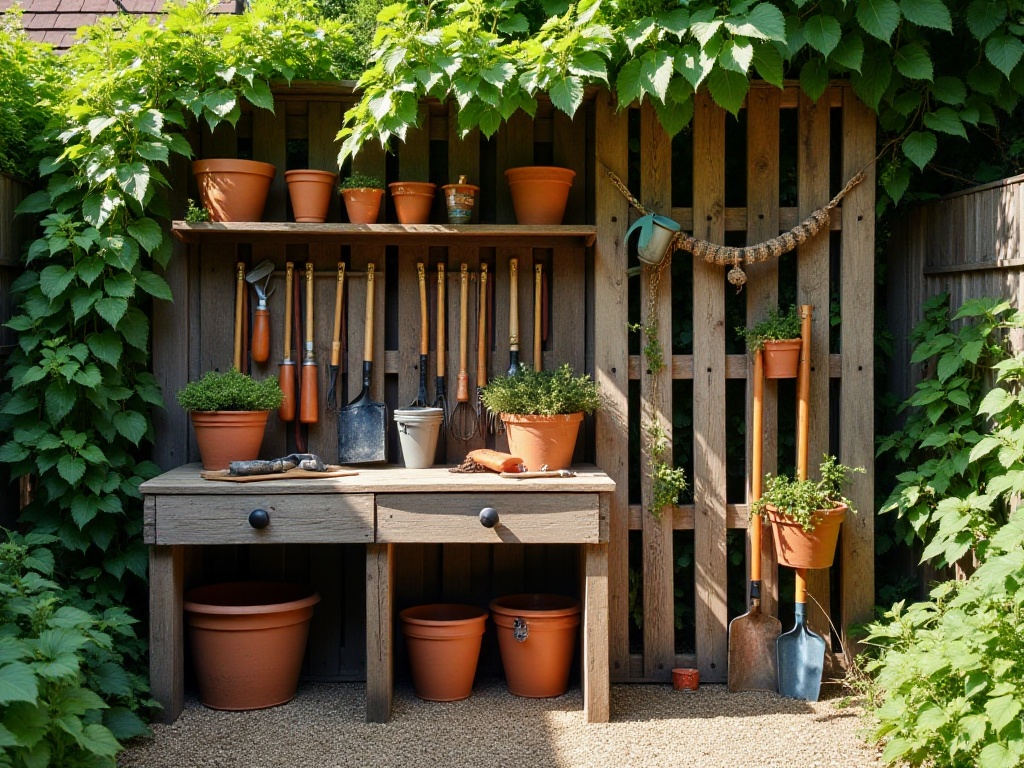
Space Planning
Speaking of space planning, this is a particularly interesting topic. Many people think their homes are too small with insufficient storage space. Actually, it's not that the space is small, but rather that it hasn't been fully utilized. Take my home for example - although it's only 70 square meters, through reasonable space planning, I've managed to create quite a bit of storage space.
The space behind doors is a great example. I've hung multi-layer storage bags behind every door in my home - socks and underwear behind the bedroom door, towels and bathroom supplies behind the bathroom door, and aprons and cleaning tools behind the kitchen door. These storage bags don't take up floor space and are very practical.
Wall utilization is also full of techniques. All my walls are equipped with some shelves and hooks, which look very design-oriented. The living room walls have several shelves that can both display decorative items and store small objects. The kitchen wall is my masterpiece, installed with a whole wall of hooks that can hang various kitchen utensils. Items like spatulas and strainers are hung vertically, saving space while being easily accessible.
The space under the bed is often overlooked by many people. I specifically bought several flat storage boxes with wheels that can be easily pushed in and out. Seasonal clothes and bedding that aren't frequently used are stored in there, saving space while keeping things tidy.
The internal space planning of wardrobes is also crucial. I added several dividing shelves in my wardrobe to separate different types of clothing. Coats, sweaters, and shirts each have their own layer, looking very organized. I also installed a jewelry storage bag on the back of the wardrobe door, keeping all accessories neat and tidy.
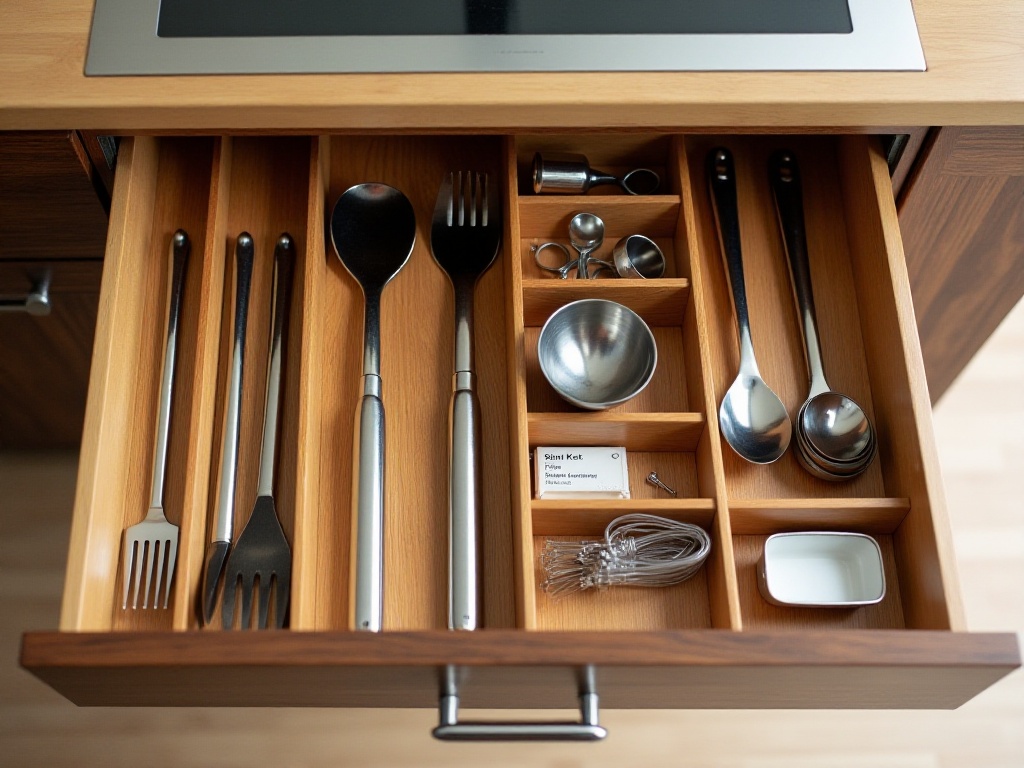
Zone Organization
Zone organization can be said to be the most crucial aspect of organizing. I've divided my home's space into three zones: Zone A for most frequently used items, Zone B for occasionally used items, and Zone C for storage.
Zone A is where we can easily reach things in daily life. For example, kitchen seasonings are placed on the shelf next to the stove, and commonly used remote controls are in a small tray on the coffee table. These positions are all within arm's reach, very convenient.
Zone B usually includes positions that require slightly bending or tiptoeing to reach. For example, the middle shelves of the wardrobe or the middle layers of the bookshelf. These areas are suitable for items used several times a week, like clothes for special occasions or books that aren't frequently read.
Zone C includes those places that are not easily accessible, like the top of the wardrobe or high places in the storage room. These places are suitable for storing seasonal clothing, holiday decorations, and other items that aren't frequently used.
This kind of zone organization not only makes accessing items more logical but also avoids the hassle of constantly searching through everything to find things. Moreover, this zoning method is particularly ergonomic, preventing you from constantly bending and hunching while looking for things.
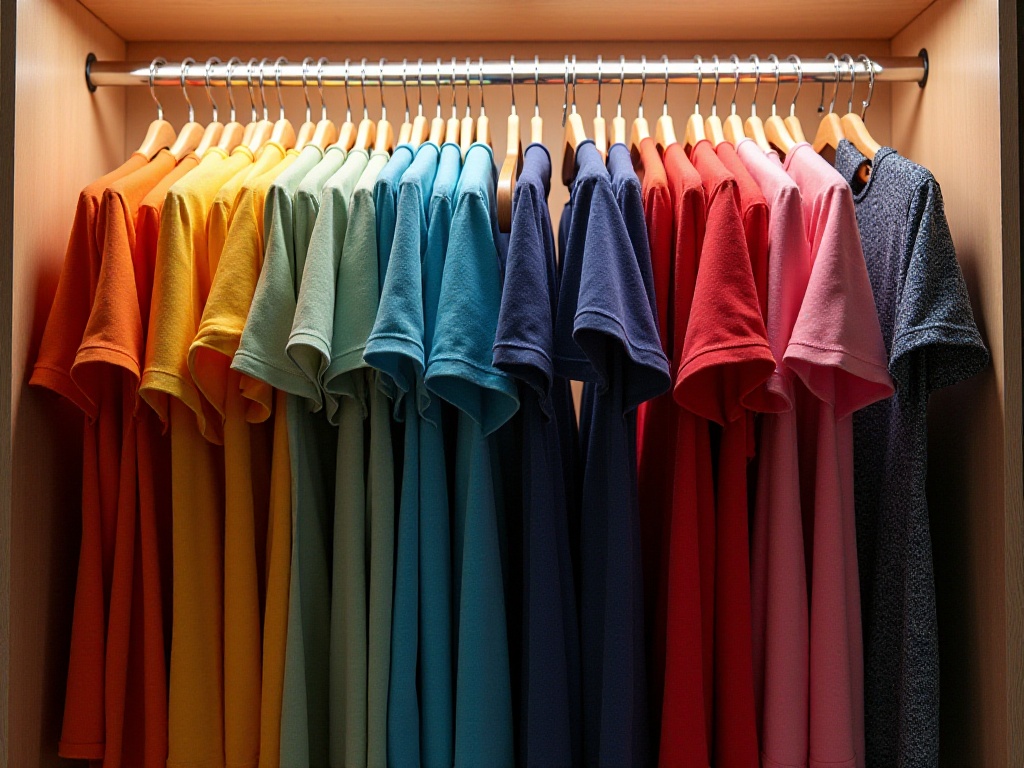
Innovative Solutions
Speaking of innovative solutions, I've collected quite a few practical tips. The most amazing one I've found is the clever use of can pull tabs. I used to think my wardrobe space wasn't enough, but later discovered that you can attach can pull tabs to the bottom of hangers, allowing one hanger to hold two pieces of clothing. This is especially suitable for hanging thinner items like shirts and T-shirts. Since using this method, my wardrobe capacity has doubled, and clothes don't get wrinkled from being squeezed together.
Clear storage boxes are also my favorite. All my drawers use clear storage boxes to divide space. For example, the stationery drawer is divided into different sections for pens, sticky notes, staplers, etc., with each compartment labeled. The advantage is that you can immediately see where everything is when you open the drawer, no more rummaging around. Plus, clear storage boxes protect items from dust and moisture, keeping them in better condition.
Another innovative solution I find particularly great is using hooks and magnets. In the kitchen, I use strong magnets to attach small metal tools directly to the side of the refrigerator, saving space while keeping them easily accessible. In the bathroom, I installed several movable hooks under the towel rack for hanging bath puffs, body wash, and other items, keeping them off the ground and easy to dry.
Drawer organization also has its tricks. I use paper towel rolls cut into sections, standing them upright in drawers to store various cables. Data cables and chargers that easily tangle together now stand neatly in these paper roll sections, making them very easy to access.
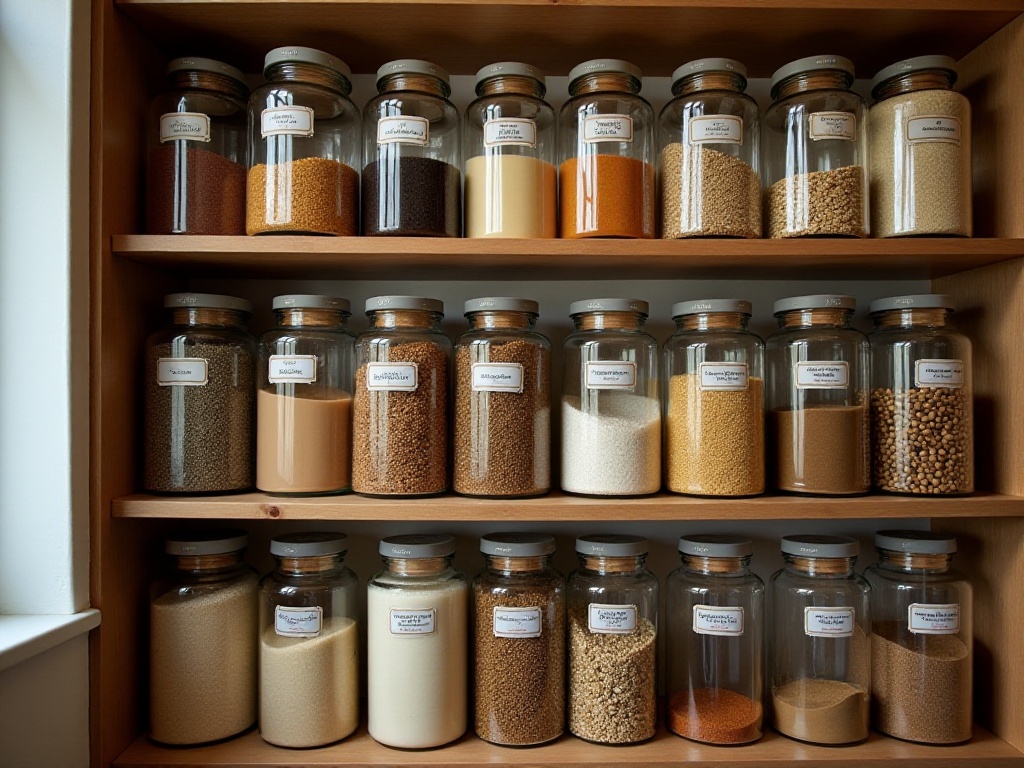
Ongoing Maintenance
Maintenance work is really important as it determines whether your organization system can maintain its good condition long-term. I've developed some maintenance habits that I find particularly effective.
First is the principle of "return after use." Things are put back in their place immediately after use, preventing items from being scattered around. For example, I put my makeup back in my makeup bag right after using it, and scissors go back to the stationery drawer immediately after use. This habit might seem troublesome when first developing it, but it becomes natural after persisting for a while.
Every weekend, I do a small-scale organization check that takes about 20 minutes. This mainly involves checking if all storage areas are still tidy, if anything is misplaced, and if any storage items need cleaning or replacement. It's like giving your home a small check-up, allowing you to discover and solve problems promptly.
Each season, I also do a big cleanup, mainly checking for items that need to be cleared out, such as expired cosmetics, clothes that no longer fit, broken appliances, etc. This is also when I reassess whether the current organization system is still suitable and what adjustments need to be made.
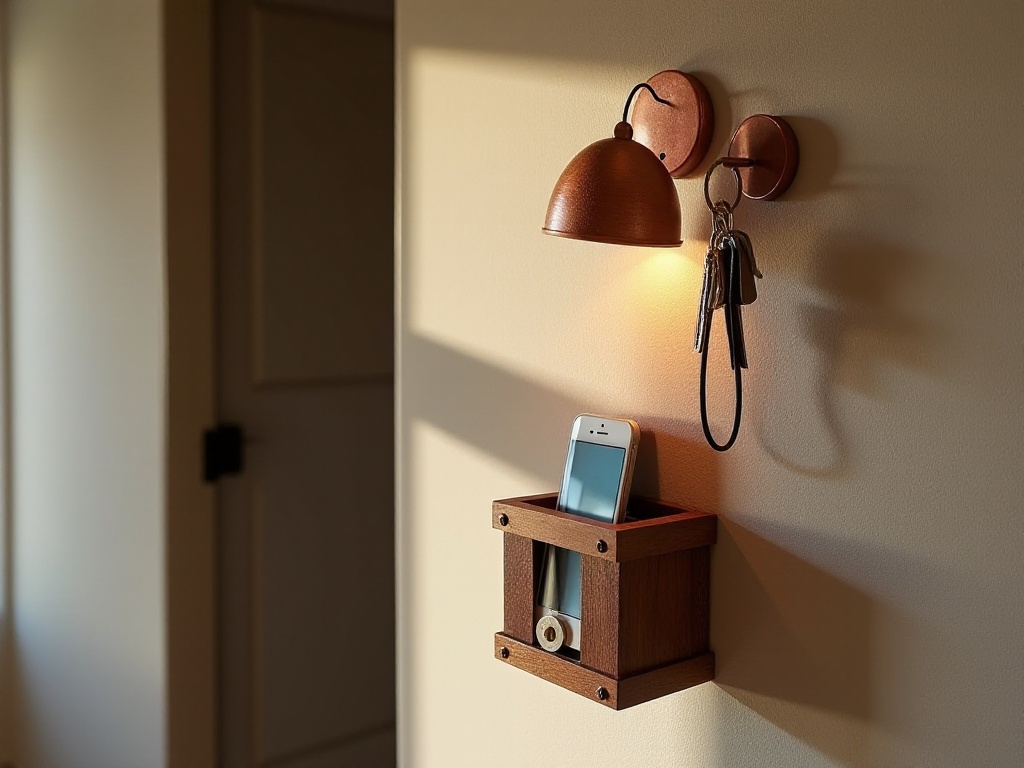
Closing Thoughts
After these years of organizing practice, I've truly experienced how a neat and orderly home affects quality of life. I remember when my home used to be messy, I felt very irritable every time I came home, and finding something took forever. Now my home is always tidy, I feel very relaxed when I come home, and my whole mood has improved.
Moreover, good organization methods can make life more efficient. For example, now when cooking, because the kitchen is well-organized, all tools can be quickly found, and there's no more awkward situation of not being able to find the spatula halfway through cooking. It's the same when working - because office supplies are all neatly organized, work efficiency has improved significantly.
The biggest insight organization has given me is: it's not just a way of arranging items, but a life attitude. When you start seriously treating every item around you and arranging suitable places for them, you're actually carefully managing your life. A tidy home can bring a sense of security and happiness, and this feeling is truly magical.
So, don't think of organization as too complicated. It's like having a relationship with your belongings - you need to understand them, place them, and maintain this relationship with care. When you start enjoying this process, you'll find that organization is actually a very interesting thing.
So, after reading these insights, are you ready to start your organization journey? Remember, everyone can become an organization expert - the key is taking the first step. I look forward to you also having a neat and cozy home!




